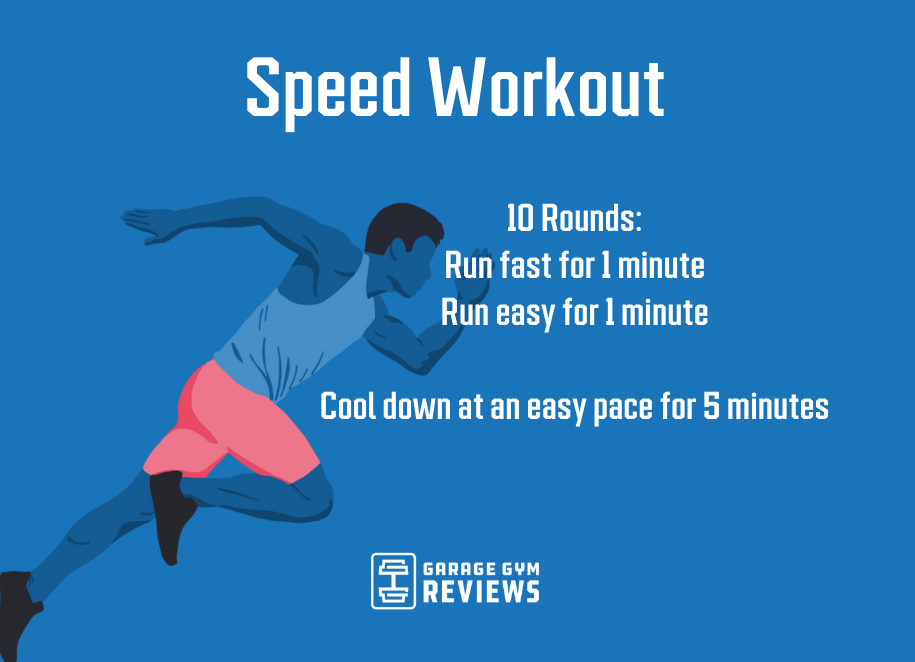Handling Common Running Discomforts: Reasons, Solutions, and Prevention
As joggers, we commonly experience numerous pains that can prevent our performance and enjoyment of this physical activity. By checking out the origin reasons for these operating pains, we can discover targeted solutions and preventative procedures to guarantee a smoother and a lot more fulfilling running experience.
Typical Running Discomfort: Shin Splints
Shin splints, an usual running discomfort, typically result from overuse or incorrect shoes during exercise. This problem, clinically referred to as medial tibial tension disorder, materializes as pain along the inner side of the shinbone (shin) and prevails among professional athletes and joggers. The repetitive tension on the shinbone and the cells affixing the muscles to the bone leads to inflammation and discomfort. Joggers that rapidly enhance the intensity or period of their exercises, or those who have level feet or inappropriate running strategies, are particularly vulnerable to shin splints.
To avoid shin splints, people should progressively boost the strength of their workouts, use appropriate footwear with appropriate arch assistance, and maintain flexibility and toughness in the muscles surrounding the shin (running strategy). In addition, incorporating low-impact tasks like swimming or biking can help preserve cardio fitness while enabling the shins to recover.
Usual Running Discomfort: IT Band Syndrome
In addition to shin splints, one more common running discomfort that professional athletes frequently run into is IT Band Disorder, a problem caused by swelling of the iliotibial band that leaves the outer thigh and knee. IT Band Disorder normally shows up as discomfort on the exterior of the knee, particularly throughout tasks like running or biking. The iliotibial band is a thick band of fascia that attaches the aware of the shin, and when it comes to be swollen or tight, it can rub against the thigh bone, resulting in discomfort and pain.
Runners experiencing IT Band Syndrome may observe a painful or hurting experience on the external knee, which can aggravate with ongoing activity. Elements such as overuse, muscle mass inequalities, improper running kind, or poor workout can add to the advancement of this condition. To prevent and reduce IT Band Disorder, runners ought to concentrate on extending and reinforcing workouts for the hips and thighs, proper shoes, gradual training development, and addressing any kind of biomechanical problems that may be exacerbating the trouble. Overlooking the signs of IT Band Disorder can result in chronic concerns and extended recovery times, stressing the value of early treatment and proper administration techniques.
Common Running Pain: Plantar Fasciitis

Plantar Fasciitis can be attributed to various elements such as overtraining, incorrect footwear, operating on difficult surface areas, or having high arcs or level feet. To stop and reduce Plantar Fasciitis, runners can incorporate stretching exercises for the calves and plantar fascia, use encouraging shoes, keep a healthy and balanced weight to lower pressure on the feet, and slowly boost running strength to stay clear of abrupt stress and anxiety on the plantar fascia. If signs and symptoms continue, it is suggested to seek advice from a health care expert for correct medical diagnosis and therapy options to address the problem properly.
Usual Running Pain: Runner's Knee
After addressing the difficulties of Plantar Fasciitis, another prevalent concern that runners frequently face is Jogger's Knee, a typical running discomfort that can prevent sports performance and cause pain during exercise. Jogger's Knee, also referred to as patellofemoral pain syndrome, shows up as discomfort around or behind the kneecap. This condition is usually connected to overuse, muscle inequalities, incorrect running techniques, or issues with the positioning of the kneecap. Runners experiencing this pain might feel a plain, aching discomfort while running, going up or down staircases, or after prolonged durations of sitting. To protect against Runner's Knee, it is critical to integrate correct warm-up and cool-down regimens, maintain strong and balanced leg muscle mass, use proper footwear, and slowly raise running intensity. If signs linger, inquiring from a healthcare professional or a sporting activities medicine professional is advised to identify the underlying reason and develop a tailored treatment plan to reduce the discomfort and avoid additional problems.
Usual Running Discomfort: Achilles Tendonitis
Generally affecting joggers, Achilles Tendonitis is a painful condition that affects the Achilles ligament, creating pain and possible constraints in physical task. The Achilles ligament is a thick band of tissue that attaches the calf bone muscular tissues to the heel bone, critical for tasks like running, jumping, and walking - more info here. Achilles Tendonitis frequently develops because of overuse, incorrect footwear, inadequate stretching, or abrupt rises in physical task
Signs of Achilles Tendonitis consist of pain and rigidity along the tendon, particularly in the early morning or after periods of inactivity, swelling that gets worse with activity, and perhaps bone spurs in persistent instances. To avoid Achilles Tendonitis, it is necessary to stretch correctly in the past and after running, put on ideal footwear with appropriate support, slowly boost the intensity of workout, and cross-train to minimize recurring stress on the ligament.
Verdict
